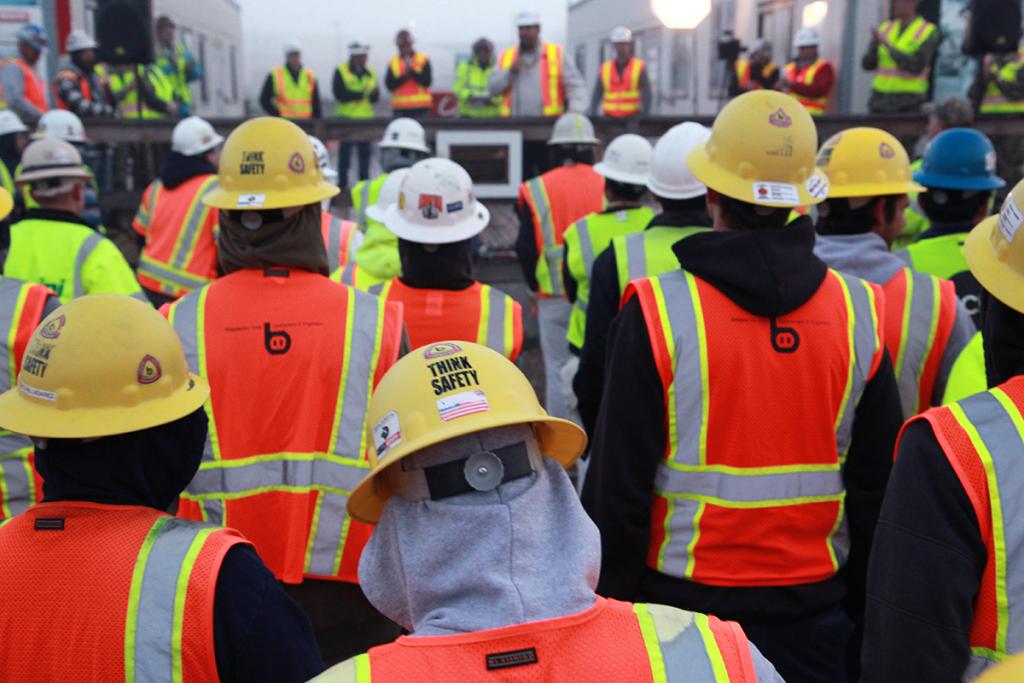It’s Time To Get Serious About Health and Safety in Australia
Workplace safety issues are not always at the top of people’s priorities. Often left to the last minute or delegated down, occupational health and safety is seen as the last kid you’d pick in the schoolyard footy team. Yet with the right amount of teamwork and training, that kid could very well score the game-winning try.
Knowing how to provide a safe working environment means more than workplace safety training and toolbox talks. In the midst of multiple risk assessment forms and red tape, it is all too easy to forget that safety is about people not paperwork. A person conducting a business or undertaking (PCBU) is responsible for the health and safety standards of any workplace or worksite, but the buck does not stop there. Safework is something everyone needs to practice.

A strong health and safety program is one that encompasses all levels of a business in way that encourages communication and consultation between workers and employers. Risk assessments and other forms of risk management are indeed important factors but they alone cannot account for the diverse range of safety hazards facing all types of businesses. This causes problems because if risk assessments alone cannot provide the solutions people need, then they will attempt to solve OHS problems themselves. Without proper supervision this leads to unsafe work practices.
So where does that leave the occupational health and safety kid in our imagined schoolyard footy team?
The team can either involve this kid in their training regime, finding out what position best suits his level of talent and employing his skill set where it’s needed most. Or the team can simply leave the kid out in the backs and hope he doesn’t cause too much damage. One of these options has clear long-term benefits for the footy team. With the other option, it is just a matter of time before someone slips through the defences.

How can safety improve productivity?
There are many answers to this question depending on what industry you ask, but for construction workers the solution is quite clear. SafeWorkPro offers a streamlined, automated digital alternative to the traditional paper based method of risk assessment. It’s a simple mobile tool that will help turn the kid everyone picked last for footy into the fastest and strongest player on the field.
So why not try SafeWorkPro for yourself? You can sign up for a free trial today!

